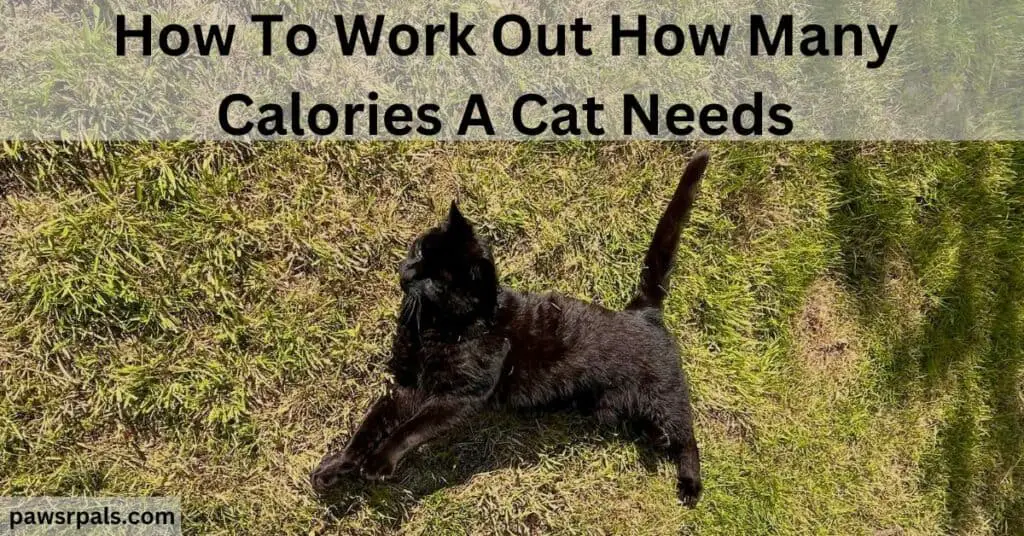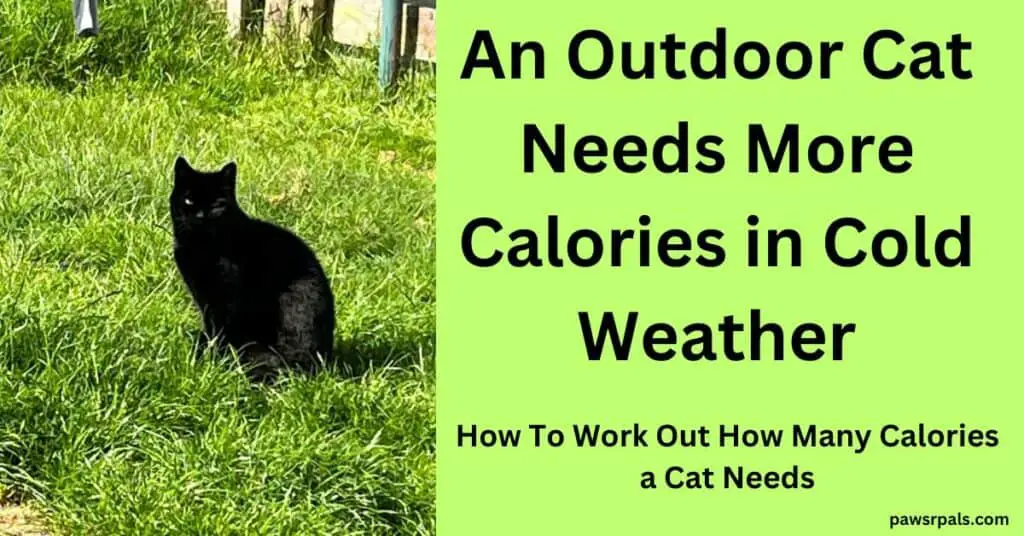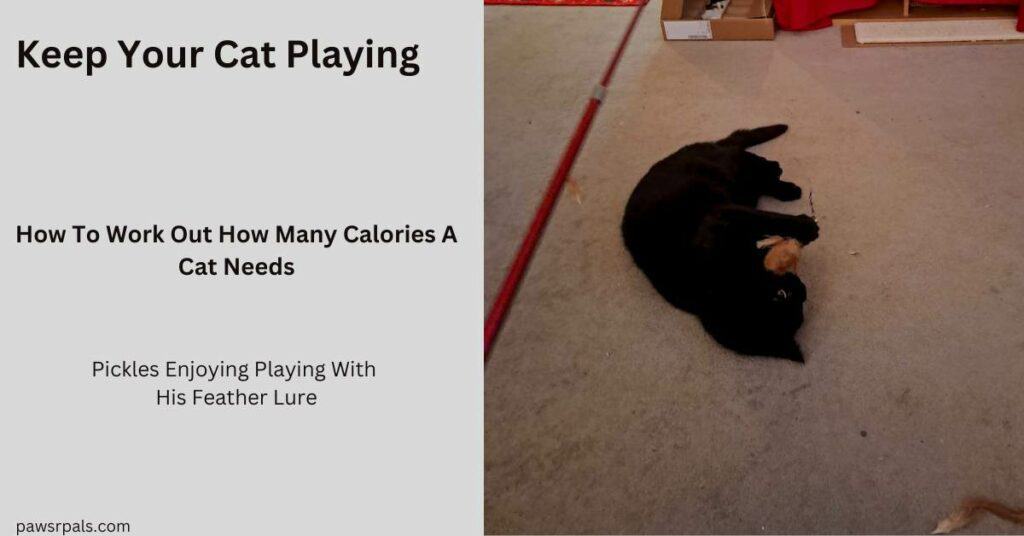Working out how many calories your cat needs a day will depend on the cat’s age and any pre-existing conditions the cat may have. The calorie intake will change throughout the cat’s life. Cats at different stages throughout their life cycle will require a diet with a specific daily calorie intake.

Cat’s Nutritional Needs
A cat’s diet should consist of 55% animal protein, 43% fats, 1-2% carbohydrates, and plenty of fresh water, especially if the cat is on dry food or is pregnant/lactating and nursing kittens. The food should be appropriate for the cat’s life stage, including kitten formula for kittens and adult cat food for adult and senior cats (unless the cat has a specific condition and needs special food as advised by the veterinarian).
Senior Cats
Senior cats can sometimes have issues metabolising the protein in their diets, which can cause them to overcompensate by eating more. However, metabolic changes can lead to malnutrition and muscle loss if the diet is not high-quality animal protein-based. Kidney disease is also a higher risk for older cats, so plenty of readily available fresh water to help flush out toxins. However, a lower protein and phosphorous may also be necessary – a vet will advise on the senior cat’s dietary requirements. A diet with plenty of omega-3 fatty acids will reduce inflammation and help any joint issues that a senior cat may have, such as arthritis.
Neutered/Spayed Cats
Careful observation of a neutered/spayed cat is necessary to ensure they don’t gain too much weight, as neutering/spaying can increase the cat’s appetite but slow the metabolism.
Kittens and Pregnant/Nursing Cats
Kittens and pregnant/nursing cats require more daily calories than the average adult cat, as growth and feeding kittens use up more energy.
Outdoor Cat
An outdoor cat must consume more calories during cold weather, as shivering uses more energy.

How To Work Out A Cats Calory Requirements
To work out how many calories a cat should consume a day, you first need to find out the cat’s weight, the cat’s age, if it is neutered/spayed, if it is underweight/overweight, or if it is inactive. The framework is:
- kitten 0-4 months: 2.5 x resting energy requirement
- kitten 4-12 months: 2.0 x resting energy requirement
- neutered/spayed active adult cat: 1.2 x resting energy requirement
- un-neutered/spayed active adult cat: 1.4 x resting energy requirement
- underweight adult cat: 1.8 x resting energy requirement
- overweight adult cat: 0.8 x resting energy requirement
- inactive adult cat (not overweight): 1.0 x resting energy requirement
Once you have the amount of calories, you can go further to work out how many calories are required from protein (55%), fats (43%), and carbs (1-2%).
Feeding Frequency
Kittens should be fed every few hours when it is young (weaning starts around 4 weeks), and then as they get older, you can feed them every 8 hours – a kitten should never go more than 12 hours without eating – a kitten who isn’t eating needs to see a vet quickly.
Feeding can be reduced to 2 or 3 times a day for adult and senior cats – it’s a good idea to split the food equally for each meal.
Free feeding means leaving food out so the cat can eat whenever it wants. This makes tracking how much the cat eats tricky and can increase the chances of overeating/obesity.
Feeding Locations
The cat’s food should be in an easily accessible, quiet area, as cats prefer to eat without intrusion. Multi-cat households may need to put each cat’s food in a separate location to reduce the likelihood of disputes. If a cat seems uninterested in eating, using movement games, such as puzzle feeders, may induce it to eat.
Last Word on How Many Calories A Cat Needs
Every cat is an individual, and their needs will always vary. I would always advise you to speak to your vet for a personal diet plan or if your cat has specific needs. Your vet knows your pet and will be able to give your cat a thorough checkup and suggest the best type of food for it. Your vet can also put your mind at rest if you have any concerns or doubts about what you are feeding your cat.
My cat Pickles is almost 13 years old (2024), has always been on dry kibble, and is free-fed. It’s a decent kibble, middle price range; he gets some fresh meat sometimes and occasionally enjoys a little bit of tuna in springwater. His latest vet checkup was great; he’s in good health, and his teeth are in good condition. The main thing is that he is still quite active. If you need your cat to lose a bit of weight, make sure to keep it playing!

As cats age, they can slow down, just like us; entice your cat in some short chase games – a few minutes at a time, several times a day. Not only will the extra exercise help your cat’s body, but it will also keep its mind active.

Leave a Reply